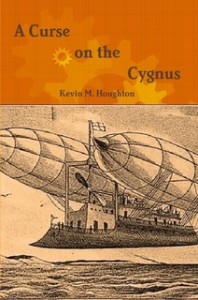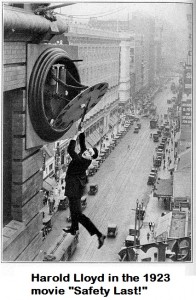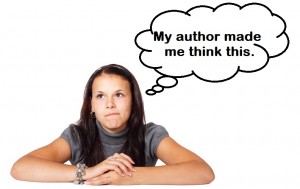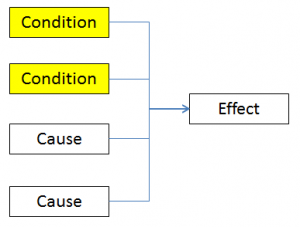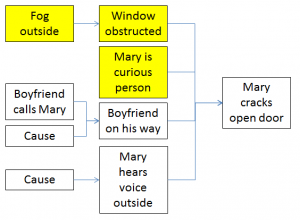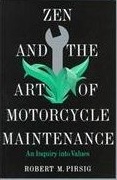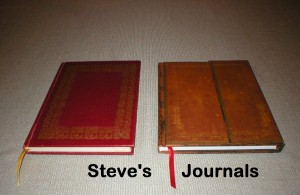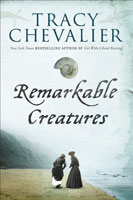 They say you shouldn’t judge a book by its cover. To that I’d add “or its blurb.” I just finished listening to a book on tape, Remarkable Creatures, © 2010 by Tracy Chevalier, put out by Recorded Books Productions, narrated by Charlotte Parry and Susan Lyons. More about that blurb below.
They say you shouldn’t judge a book by its cover. To that I’d add “or its blurb.” I just finished listening to a book on tape, Remarkable Creatures, © 2010 by Tracy Chevalier, put out by Recorded Books Productions, narrated by Charlotte Parry and Susan Lyons. More about that blurb below.
The novel is the story of a lower class woman in England in the early 1800s, and her dealings with an upper class spinster. The story starts with the first woman, Mary Anning, as a child when the spinster, Elizabeth Philpot, is in her twenties. They end up sharing an interest in gathering and understanding fossils. Fossils had caused a stir in the scientific community since many seem to be from animals that no longer exist, which called Biblical teachings into question. The two women develop a knowledge of these fossils that equals or surpasses some of the learned men of Europe, but it is a time when women were sadly powerless in many areas, including science.
The author really puts you in the timeframe, and you come to care about the characters. If you don’t think you’re interested in fossils before you read the book, you might well be fascinated with them when you’re done. You’ll be drawn in as the two women become frustrated with their inability to be recognized by the male scientific community, and with their lack of success in finding husbands. All they really have is each other, and the author skillfully leads you along the ups and downs of their relationship.
What I didn’t know when I began reading is, these women were real. There really was a Mary Anning and an Elizabeth Philpot. In fact, most of the characters and events in the book were real. I had thought it was just a historical setting with made-up characters, but that is not so.
The narrators, Charlotte Parry and Susan Lyons, did a fine job in this audiobook. The book alternates in point-of-view between Anning and Philpot, and the narrators take turns. I wondered, at times, if it would have been more effective to have the ‘Mary’ narrator speak Mary’s actual lines and the ‘Elizabeth’ narrator speak Elizabeth’s lines, but Recorded Books chose the point-of-view method instead.
On the negative side, there is not a lot of action in the book. Moreover the conflicts and problems of the characters are not well defined. Fiction is about conflict and the attempted resolution of problems. I understand it can be difficult to force such a fictional constraint on real historical people, but there is a reason real life tends to be more boring than fiction. Fictional characters have well-understood goals and passions, and really important problems to solve. It’s my understanding that someone has bought movie rights to this book, but if a movie is made, they’ll have to put more action scenes in it and make the conflicts more apparent and dramatic. Either that or opt for a straight historical documentary.
I was enticed into reading the book by the blurb on the Recorded Books cover, including this intriguing sentence. “Mary discovers she has the ability to ‘see’ and locate fossils buried deep in the cliffs near her village.” That certainly makes it sound like she has some supernatural x-ray ability to see through rock, right? Nothing of the sort. Mary’s good at locating fossils, but due to the shifting of land in the area and the action of waves on the beach, new fossils become exposed on the surface quite often and it is these Mary can spot. Although it was a good book, I feel a little cheated by the misleading blurb. I can’t really fault the author for that, though, since she probably didn’t write it.
 A surprisingly good book, I’ll give it a rating of four seahorses. Whether you concur with my opinions or differ, I’d like to hear from you. Just click on ‘leave a comment’ and you’ll get a reply from–
A surprisingly good book, I’ll give it a rating of four seahorses. Whether you concur with my opinions or differ, I’d like to hear from you. Just click on ‘leave a comment’ and you’ll get a reply from–
Poseidon’s Scribe

